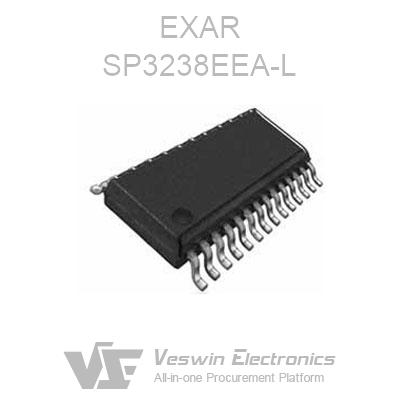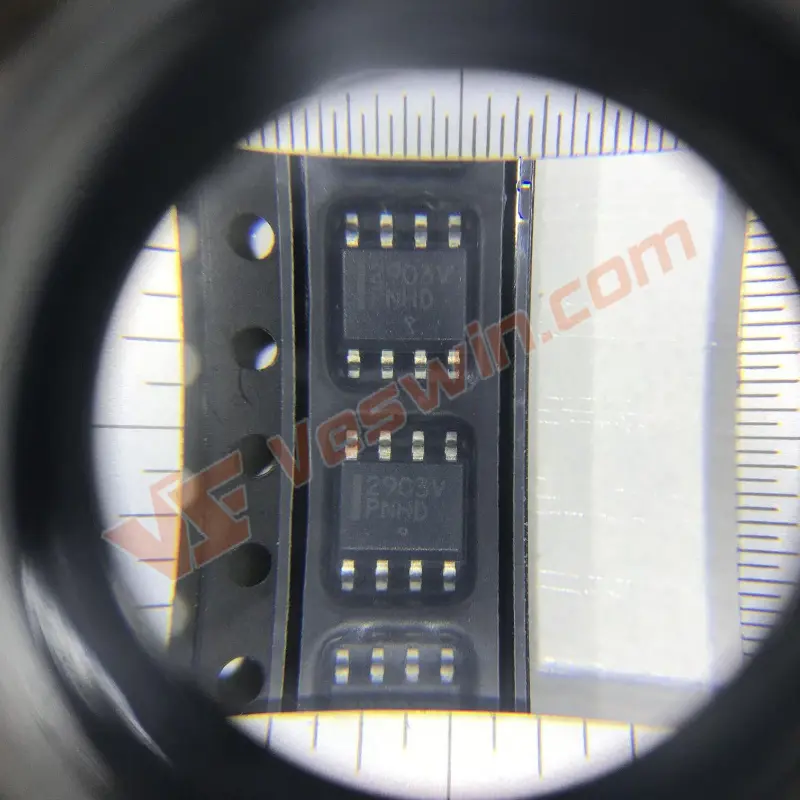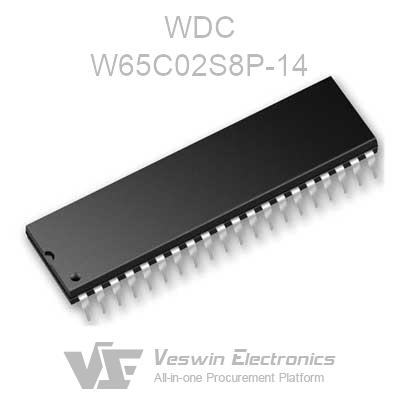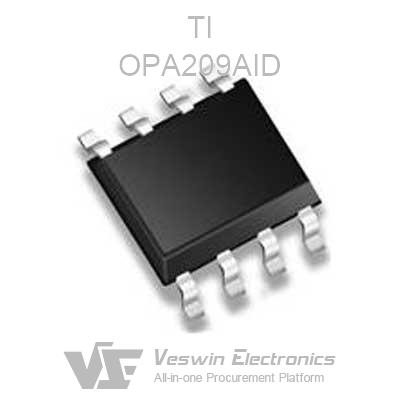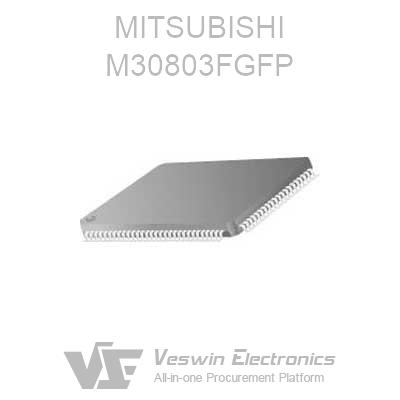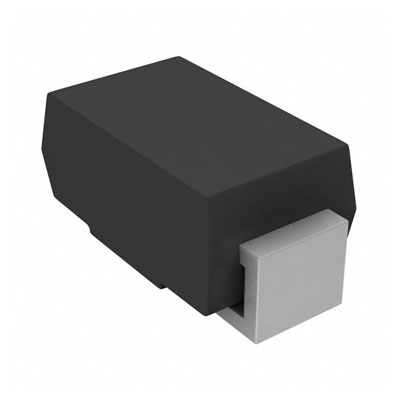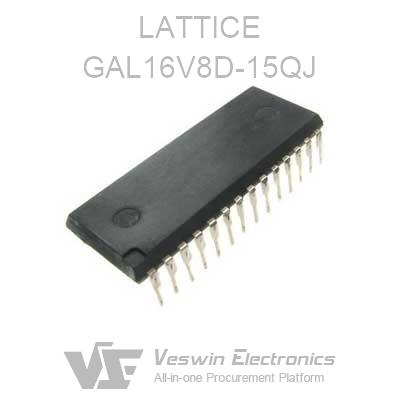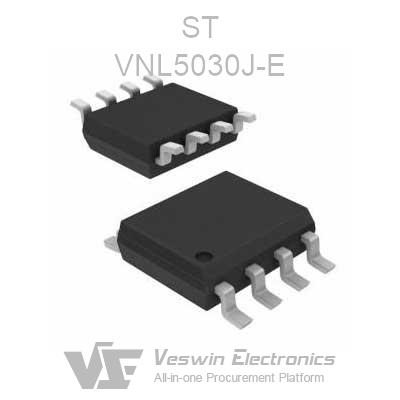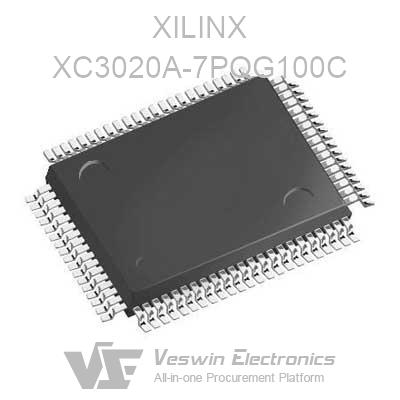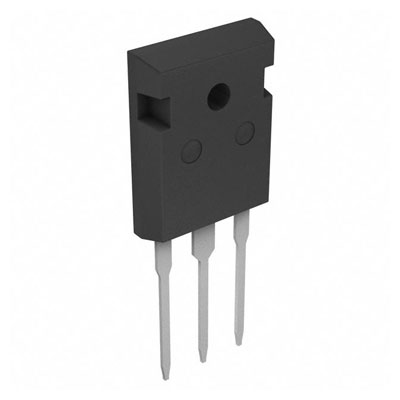An inductor is a passive electrical component composed of a coil. It is a two-terminal component used in filtering, timing, and power electronics applications. It is an energy storage component that can convert electrical energy into magnetic energy and store energy. Commonly used letter "L" said.
The impedance of the inductor is the hindrance to the current in the circuit called impedance.
The essence of impedance capacitive is to store electrical energy in the form of electric field in space or dielectric. The essence of sensibility is to store electric energy in the space or the magnetic field in the magnetic medium. In both cases, electrical energy is stored, which can be released at other times, rather than converting electrical energy into heat energy and dissipating it like a resistive device.
However, capacitive and inductive have a great influence on the voltage-current ratio at a certain moment in the circuit. The definition of impedance is a composite parameter that combines resistance, capacitive and inductive.
Impedance formula:
Z=R+j(XL–XC). Impedance Z= R+j (XL –XC). Where R is resistance, XL is inductive reactance, and XC is capacitive reactance. If (XL–XC) > 0, it is called “inductive load”; conversely, if (XL –XC) < 0, it is called “capacitive load”.
The inductive reactance of the inductor and the capacitive reactance of the capacitor are three types of complexes, which are collectively referred to as "impedance" after compounding, and are written in a mathematical formula. In the alternating circuit (high school stage) the influence of temperature is not considered. Resistance , R=ρL/S does not change with the frequency of alternating current.
Inductive reactance XL=2πfL As the frequency of alternating current increases, the inductive reactance increases. Capacitance , capacitive reactance XC=1/2πfL As the frequency of alternating current increases, the capacitive reactance decreases. In the parallel circuit of resistance, inductance and capacitance, 1/R total=1/R+1/XL+1/XC.
a. The inductance presents a small resistance to DC (approximately a short circuit), and the impedance presented to AC is proportional to the signal frequency. The higher the frequency of the AC signal, the greater the impedance presented by the inductor; the greater the inductance of the inductor, the greater the impedance to the AC signal. The greater the resistance.
b. The inductance has the characteristic of preventing the current from changing, and the current flowing through the inductance will not change suddenly. According to the characteristics of the inductance, it is often used as a filter coil, resonant coil, etc. in electronic products.
Inductance is to wind the wire into a coil shape. When the current flows, a strong magnetic field will be formed at both ends of the coil (inductance). Due to the effect of electromagnetic induction, it will hinder the change of current.
Therefore, the inductor presents a small resistance to DC (approximately a short circuit), and a high impedance to AC, and its resistance value is related to the frequency of the AC signal passed.
For the same inductive element, the higher the frequency of the alternating current, the greater the resistance.
1. The Filter Function of the Inductor
LC filter circuit
In inductive filtering, the ripple factor is directly proportional to the load resistance, on the other hand, in capacitive filtering, it is inversely proportional to the load resistance, so if you combine inductive filtering with a capacitor, the ripple factor will be almost independent of the load filtering. It is also called inductance input filter circuit, choke input filter circuit, RC filter circuit.
In this circuit, a choke is placed in series with the load, providing high resistance to the AC component and allowing the DC component to flow through the load. Capacitors connected in parallel across the load filter out any AC component flowing through the choke. In this way, rectification is obtained and a smooth DC power is provided through the load.
Inductive filter circuit
This type is also called a choke filter circuit and consists of an inductor inserted between the rectifier and the load resistor R. Rectification contains AC and DC components. When the output is passed through the inductor, it provides high resistance to the AC component and no resistance to the DC component. Therefore, the AC component of the rectified output is blocked, and only the DC component reaches the load.
2. The Resonance Function of the Inductor
Inductors are usually connected in parallel with capacitors to form an LC resonant circuit, which is mainly used to prevent signal interference at a certain frequency.
The radio frequency signal is induced by the antenna, coupled to the resonant circuit composed of the tuning coil L1 and the variable capacitor CT through the capacitor Ce, through the frequency selection function of the L1 and CT resonant circuit, the selected carrier signal of the broadcast program is transmitted to the high frequency through the L2 coupling to amplifier.
The part circled in yellow in the figure is the resonant circuit composed of CT and L1 for tuning and channel selection.
3. LC series and parallel resonant circuits
LC series resonant circuit
Connecting an inductor and a capacitor in series can form a series resonant circuit, as shown in the figure below.
This circuit can be simply understood as the opposite of the LC parallel circuit. The impedance of the LC series circuit to the resonant frequency signal is almost 0, the impedance is the smallest, and the frequency selection function can be realized. The parameter values of inductance and capacitance are different, and the selectable frequency is also different.
LC Parallel Resonant Circuit
The parallel connection of the inductor and the capacitor can play a resonant role and prevent the input of the resonant frequency signal. The impedance of an inductor to an AC signal increases with frequency. The LC parallel resonant circuit composed of inductance and capacitance connected in parallel has a natural resonant frequency, namely the resonant frequency.
At this frequency, the LC parallel resonant circuit presents a maximum impedance. Utilizing this characteristic, it can be made into a wave-blocking circuit and a frequency-selective circuit.
The two main application areas for inductors are power electronics and radio frequency circuits. Inductors are essential components in various DC-DC conversion circuits and LC tuned and oscillating radio frequency circuits. Below, I will give examples from these two aspects.
1. DC-DC conversion circuit
DC-DC conversion circuits or switching regulators are used in almost all electronic devices due to their high efficiency during step-up and step-down of DC voltage, below is a simplified diagram of a buck converter used to step down DC voltage.
In practical applications, transistors are often used instead of diodes in some DC-DC conversion circuits for synchronous rectification.
2. RF circuit
Inductors are used in a variety of RF circuits, including filters, oscillators, and more. The figure below is an example of an LC resonant circuit connected between the collector and base of a single-stage transistor amplifier.
Amplifiers are essential because the LC circuit itself will exhibit ringing due to the parasitic resistance of the components. An amplifier in the oscillator circuit ensures undamped oscillations.
To choose an RF choke, you need to choose an inductor with a self-resonant frequency (SRF) close to the frequency at which the choke is needed. This is because the impedance of the inductor is greatest at its self-resonant frequency.
For the selection of inductors for LC circuits, the self-resonant frequency is much higher than the operating frequency, and the tolerance of the inductor must also be considered, otherwise it will cause unnecessary shifts in frequency selection.
1. Different structure
A reactor is also called an inductor. When a conductor is energized, it will generate a magnetic field in a certain space it occupies, so all electrical conductors that can carry current have a general sense of inductance;
Two conductors close to each other, sandwiching a layer of non-conductive insulating medium, constitute a capacitor.
2. Different functions
The reactor is an inductive load, which can be divided into series and parallel. The series connection is mainly used to limit the short-circuit current, and the parallel connection is mainly used to compensate the capacitance of the line during ultra-high voltage long-distance power transmission. Reactors used in power systems are commonly used in series. Reactors and shunt reactors, series reactors are mainly used to limit short-circuit current, and are also connected in series or parallel with capacitors in filters to limit higher harmonics in the power grid;
Capacitors are capacitive loads, mainly used for reactive power compensation and energy storage. In DC circuits, capacitors are equivalent to open circuits.
3. Different characteristics
The most common function of an inductor in a circuit is to form an LC filter circuit together with a capacitor.
Capacitors have the characteristics of "blocking DC and passing AC", while inductors have the function of "passing DC and blocking AC". If the DC with many interference signals passes through the LC filter circuit, then the AC interference signal will be consumed by the inductance as heat energy; when the relatively pure DC current passes through the inductor, the AC interference signal will also be turned into a magnetic induction And thermal energy, the higher frequency is most likely to be resisted by the inductance, which can suppress the higher frequency interference signal.
Hot News
